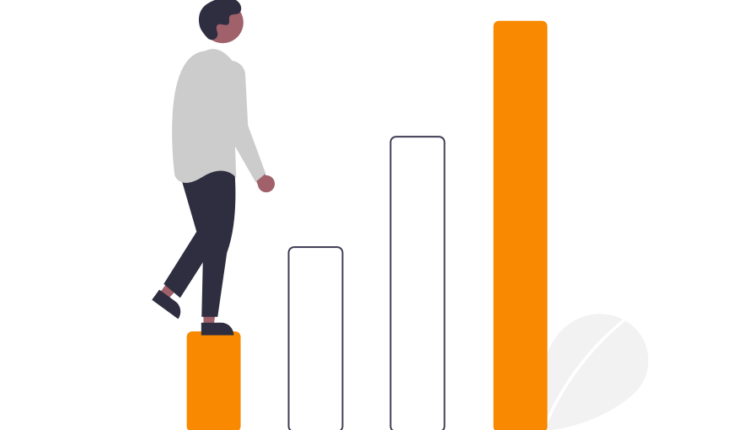A key statistic for publishers to evaluate the revenue production from their website is page revenue per mile or page RPM. This article will discuss page RPM, including how to increase it, what influences it, and practical methods for doing so.
What is Page RPM?
The term “page RPM” refers to “ad revenue per thousand impressions.” It gauges how much money you can expect to make for every thousand website visitors.
How to Calculate Page RPM?
This formula can be used to determine Page RPM: Page RPM is calculated as (Estimated earnings / Pageviews) x 1000.
Page RPM vs. Impression RPM
Page RPM takes page views into account, whereas impression RPM concentrates on impressions. We’ll discuss the difference between impressions and pageviews later.
What Metrics Influence RPM?
CPC (cost per click) and CTR (click-through rate) are the two main measures that have an impact on page RPM. Higher RPM may result from higher CTR and CPC.
What is Considered High Page RPM?
The target market, the calibre of the content, and the specialty all affect what a respectable RPM is. Normally, it ranges from $0.05 to $50 or more.
Why’s Page RPM Important for Publishers?
Page RPM is important since it shows how much money you make per pageview, providing information about the effectiveness and room for growth of your website.
Top 10 Strategies to Increase Page RPM
1. Improve Ad Placement: Make sure your adverts are strategically placed to maximize visibility without annoying users.
2. Pick the Best Ad Format and Sizes: Try out several ad types to see which ones resonate with your audience the most.
3. Concentrate on Content Quality: RPM benefited from high-quality content because it draws users.
4. Improve Website Speed: A website that loads quickly has lower bounce rates and offers a better user experience.
5. Use Header Bidding: Header bidding will make marketers more competitive and raise RPM.
6. Use ad refresh: to get more impressions and earn more money from your ads.
7. Ad Layout Optimisation: Evaluate and improve ad layouts for the most profit.
8. Demand Optimisation: Increase bid prices by luring more tier 1 demand partners.
9. Attract the Right Audience: To increase engagement and click-through rates, target the appropriate audience.
10. Upgrade to Google Ad Manager: In order to efficiently fill all ad spaces, larger publishers may want to upgrade to Google Ad Manager.
Conclusion
Finally, concentrating on user experience, high-quality content, and ad optimization can have a big impact on your website’s page RPM. You can boost your potential for earning money as a publisher by putting these tactics into practice and keeping an eye on your stats.
Frequently Asked Questions
Q1. What is revenue per mile (RPM)?
A: RPM, or revenue per mile, represents the revenue earned by a publisher for every thousand ad impressions on their website.
Q2. How do you calculate RPM revenue?
A: To calculate RPM revenue, use this formula: RPM Revenue = (Total estimated earnings / Total ad impressions) x 1000.
Q3. What is an ideal page RPM AdSense rate?
A: An ideal page RPM rate can vary widely, typically ranging from $0.05 to $40 or more. The rate depends on factors like demographics, niche, and traffic.


